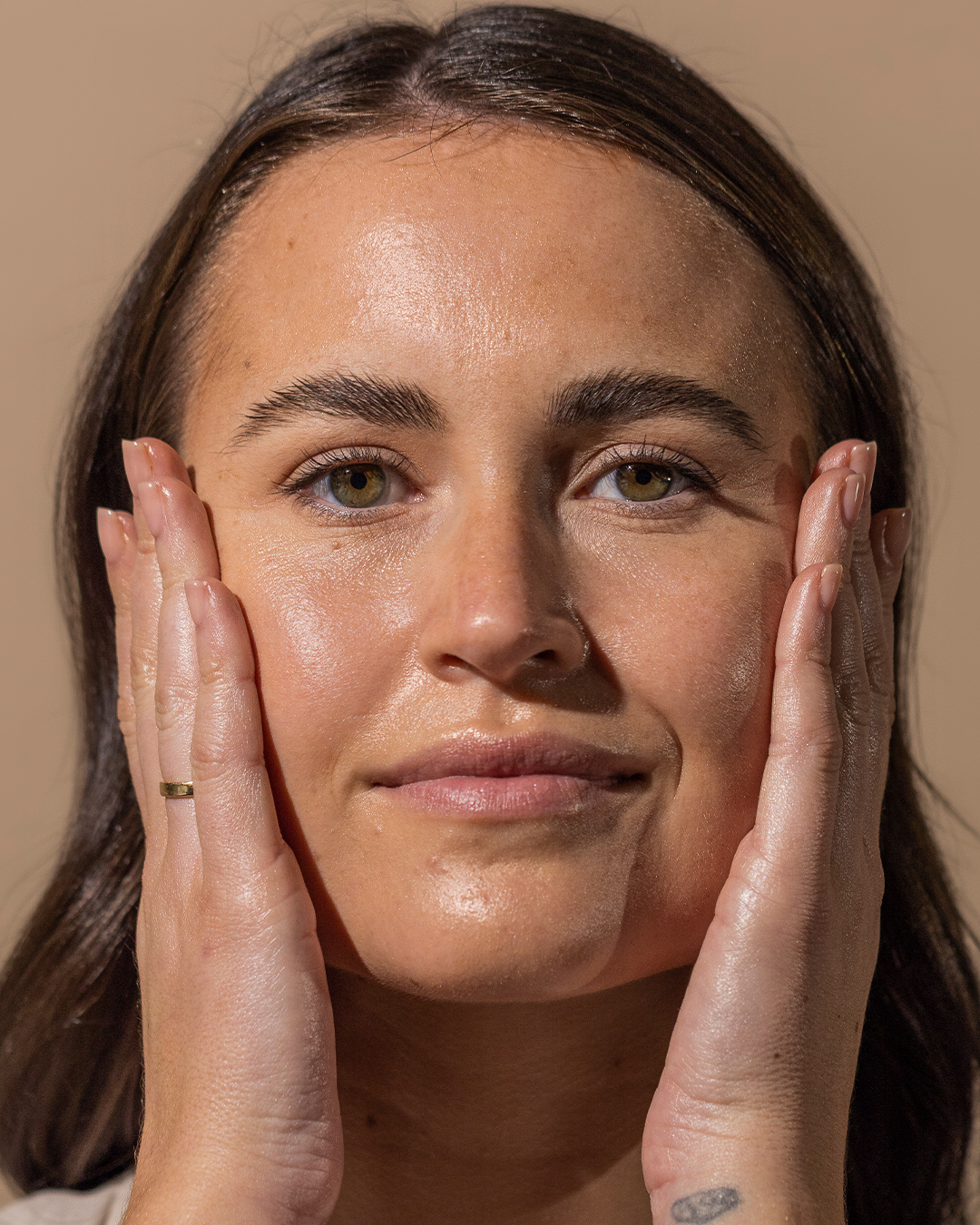For thousands of years people have been told not to stare at the sun but the Instagram trend of #sungazing is encouraging Kiwis to do just that during sunrise or sunset for general wellbeing but is it safe?
A search on the social media channel unveils 105k posts using the hashtag #sungazing, but a local optometrist is today warning New Zealanders to practice caution.
Specsavers St Lukes Optometrist, Sima Lal, is urging New Zealanders to be vigilant with this trend as staring directly at the sun, even at sun rise and sun set, can cause retinal damage, leading to short or long-term vision loss.
Research from the Cambridge Health Alliance1 explains that if you spend even a couple of minutes staring at the sun, your eyes are at risk of short or long-term damage. Damage occurs when the light travels through the lens of the eye and harmful UV radiation is absorbed into the back of the eye, resulting in blind spots in the individual’s vision, called solar retinopathy.
Sima commented; “If there’s one thing I would like people to remember, it is to never stare directly at the sun. The sun is brutal and if people don’t take measures to protect themselves from its harmful rays, they can cause sight and life-threatening damage.”
She encourages people to remember two important things when watching a sunset or sunrise.
“Firstly, it is possible to enjoy the sunset without staring directly at the sun. If you look at the colours and sky around the sun, you still get the effect of the sunset without damaging your eyes.
“Secondly, wear sunglasses even when watching the sunrise or sunset. While UV levels are lower during these times, we always recommend that if your eyes are exposed to sunlight, they should be protected with sunglasses.
“Sun damaged eyes are more likely to develop eye conditions such as cataracts, macular degeneration, tumours and even skin cancers on the delicate skin around the eye,” says Sima.
As well as solar retinopathy, damage can also be caused by not protecting your eyes while outside and, still unknown by many, children’s eyes are more at risk of sun damage than adults because younger lenses absorb more harmful UV-A radiation.
“The best thing to remember is to always wear sunglasses with UV protection when you’re outside. When you put them on yourself, use it as a reminder to put them on your child too. If you or your children wear glasses, you can consider getting UV coats on your lenses or looking at options like transition glasses that change to sunglasses when you are exposed to the sun.”
If you haven’t been wearing sun protection and are experiencing a gritty feeling in the eyes, excessive blinking and watering, difficulty looking at bright lights, swelling or blurred vision, book an eye health check with your local optometrist.
1Begaj, T. & Schaal, S. (July 2017). ‘Sunlight and ultraviolet radiation – pertinent retinal implications and current management.’ USA: Cambridge Health Alliance.





